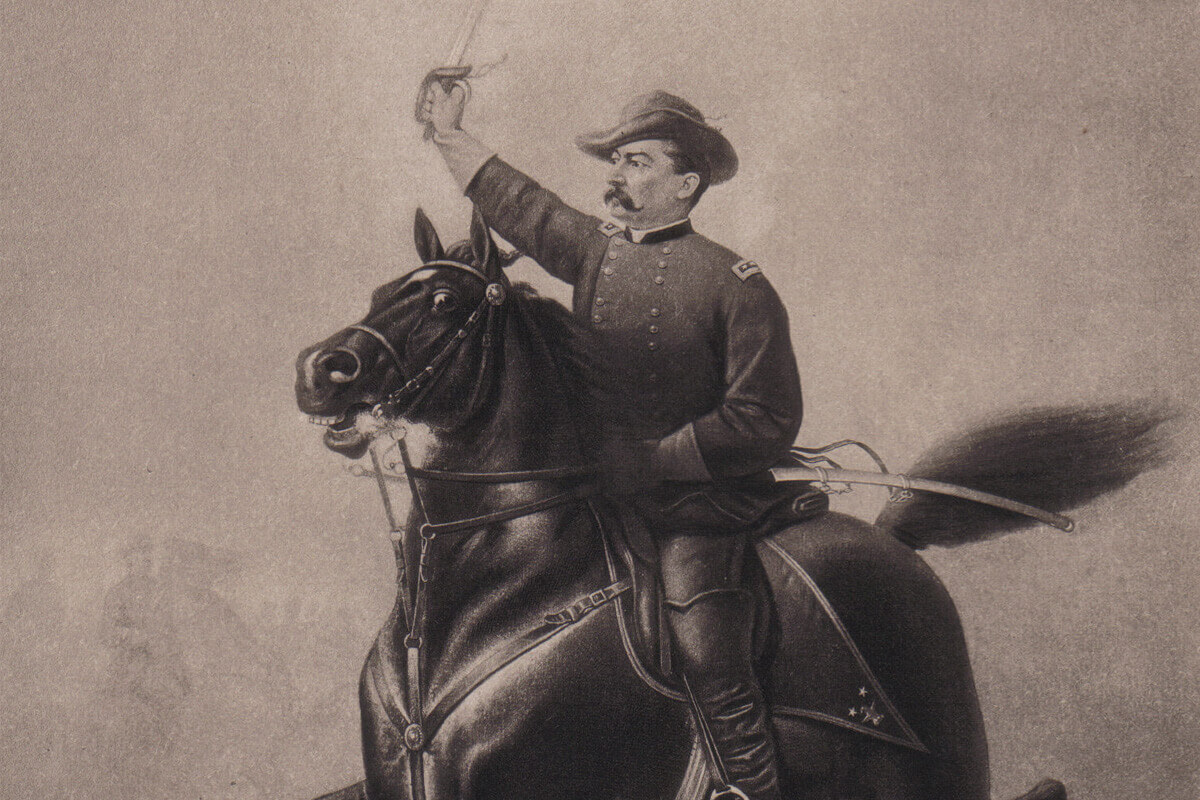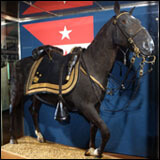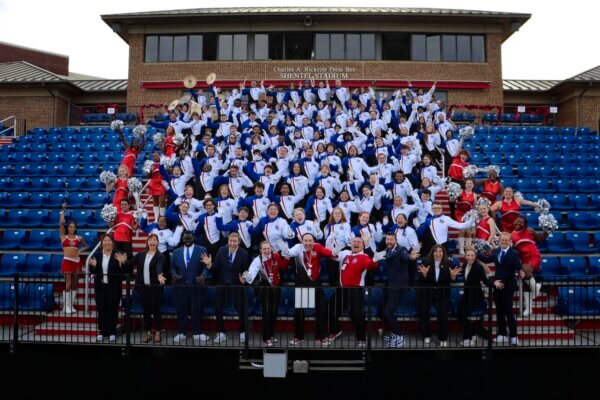Rienzi: Sheridan’s War Horse

In the autumn of 1864, Gen. Philip H. Sheridan launched his campaign to do what no other Union commander had been able to achieve in the Shenandoah Valley—wrest it from a firm Confederate grip. During the first several weeks of Sheridan’s 1864 Shenandoah Campaign Union forces stacked up an impressive string of battlefield victories—Third Battle of Winchester (Sept. 19), Fisher’s Hill (Sept. 22), and Tom’s Brook (Oct. 9). Those victories, coupled with the devastation of “The Burning” in late September and early October, compelled many of Sheridan’s veterans to believe Gen. Jubal Early’s Confederate army was defeated and no longer posed a threat in the region once so heavily dominated by Confederate forces.
 Although Early’s command suffered significant blows, he made one final attempt to reverse his army’s fortunes on Oct. 19 – by launching a surprise attack against Sheridan’s army. While initially caught off guard, the Army of the Shenandoah tried its best to slow Early’s assault that morning. Despite those efforts, all elements of the Union army were compelled to withdraw from their camps along the banks of Cedar Creek and retreat north through Middletown.
Although Early’s command suffered significant blows, he made one final attempt to reverse his army’s fortunes on Oct. 19 – by launching a surprise attack against Sheridan’s army. While initially caught off guard, the Army of the Shenandoah tried its best to slow Early’s assault that morning. Despite those efforts, all elements of the Union army were compelled to withdraw from their camps along the banks of Cedar Creek and retreat north through Middletown.
As Union soldiers retreated from their positions that morning, their demoralized state was magnified because disaster befell the army with Sheridan absent. For several days prior to the 19th, Sheridan had been away visiting with officials in Washington, D.C. He returned to the Shenandoah Valley on Oct. 18 and spent the night at the Logan House in Winchester (present-day Kimberly’s Gifts located at the corner of Braddock and Piccadilly Streets). After receiving reports of fire in the distance on the morning of the 19th, Sheridan mounted his trusty steed Rienzi and rode south.
Sheridan’s ride to Middletown, rallying of troops, and successful counterattack on the afternoon of Oct.19 catapulted Sheridan into the pantheon of legendary Union generals. The event also made a sensation of Sheridan’s horse, which he renamed Winchester after the battle. Various poets, beginning with Thomas Buchanan Read (“Sheridan’s Ride”) and artists such as Alfred Waud, Thur de Thulstrup and Charles Andrus, helped sensationalize the ride and make Winchester one of the most famous war horses of all time.
After the horse’s death in 1878, Sheridan had Winchester mounted and presented it to the Governor’s Island Military Museum in New York Harbor. After fire destroyed the museum in 1922, it was turned over to the Smithsonian Institution. Today, visitors to the Smithsonian’s Museum of American History in Washington, D.C. can visit the horse that “brought… Sheridan all the way from Winchester down to save the day.”





